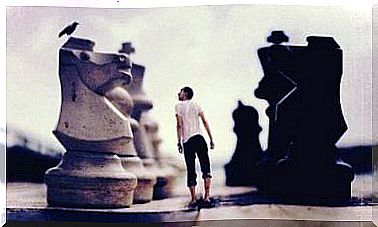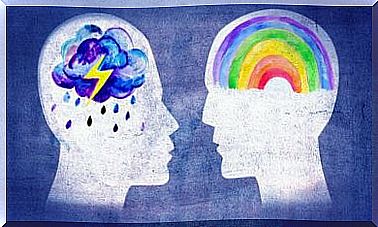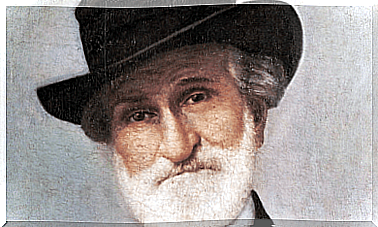Body Language Of Feeling Inferior

We don’t need words to express ourselves. We speak all the time through our gestures, postures and facial expressions. The body language of feeling inferior is a good example. Even if we try to cover it up, we can show, through our body, that we have a low concept of ourselves.
Body language of feeling inferior has a very strong social impact. We are all able to interpret body messages, even if we haven’t read anything about them. This interpretation is done in an unconscious way but largely determines the way we see others and relate to them.
To put it another way, the body language of feeling inferior makes others see you as someone who doesn’t like yourself. The behaviors that will be activated will therefore correspond to this image that you project. People will perceive you as inferior and act on it.
But what does this language of people who feel inferior look like? We are now going to give you a brief inventory of the gestures that represent it.

The tendency to “shrink” and the body language of the feeling of inferiority
Instinctively, all animals try to look smaller or taller when they feel they are at a disadvantage compared to another animal. Usually they shrink or fold back and look for a way to be smaller, as if not to be seen. The peacock, for example, deploys all its feathers to appear larger when it feels that it is threatened.
Human beings act much the same way. This “shrinkage” looks like a fold, a bit like a shell closing. This is a typical body language gesture of feeling inferior.
It manifests itself mainly as a bending. The body tilts on itself, while walking or sitting. The tilt is visible, although it only manifests in the head. Moreover, the famous gesture of reverence is a conscious way to bow to someone whom we consider to be superior.
Crossing
With the withdrawal gesture and to strengthen it, the person who feels inferior generally seeks a way to build a shield to isolate himself or protect his body. It is a way of expressing a defensive attitude, of self-protection and of delimiting the territory. It assumes a strong feeling of inferiority.
Usually, therefore, we cross our arms and legs. Crossing the arms at chest height fixes a defensive barrier in front of the other. Crossing the legs, especially when it is a complex gesture, allows the person to shrink and close in on himself. It denotes the intention to protect oneself from something or someone who is considered more powerful.
Small movements
When the feeling of inferiority dominates, the person continually feels like they have to tiptoe, that is, try not to attract attention, to go unnoticed and not to “disturb” someone by his presence. A person who feels inadequate often thinks that they are embarrassing others. In other words, she tries to hide because just being seen or listened to causes her feelings of shame.
From a body language perspective of feeling inferior, it all manifests as an insistent tendency to make small movements. People who feel inferior walk with small steps, make small movements, or express themselves in short sentences. The aim is to reduce the effect of their presence.

Feeling of inferiority: gestures of empowerment
Psychologist Amy Cuddy, author of Body Language Shapes Our Identity , says science has detected a very interesting phenomenon. The posture we adopt would have a notable influence on how we feel and think. The reverse would also work. So, if we adopt the body language of inferiority, we are going to feel even more inferior.
Cuddy suggests doing the opposite. She says that in a time of insecurity or lack of self-confidence, we need to adopt strong body language. According to his point of view, two minutes is enough for the ideas that go through our heads to change.
So, during times of stress or fear, changing the posture of our body would be a good idea. Cuddy advises us to stand up, to lean on a table with our fingertips, with our heads held high and our backs straight. According to her, these gestures and this posture increase testosterone levels and give us a feeling of empowerment.










